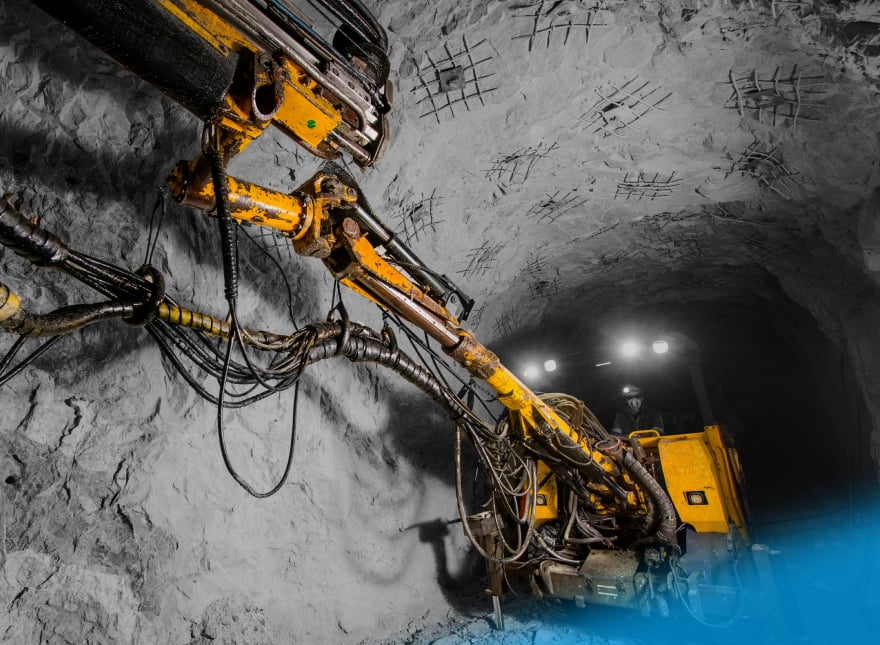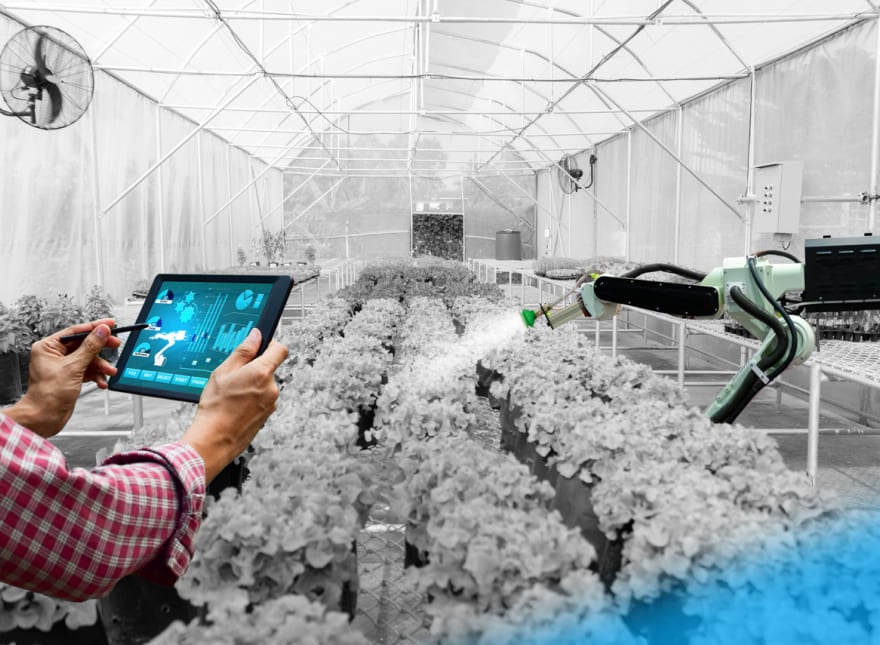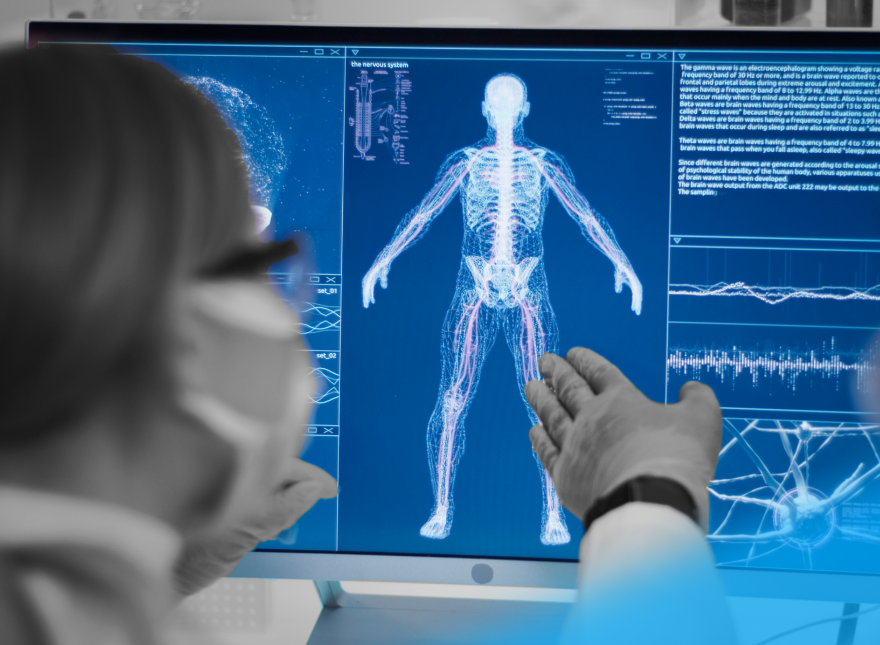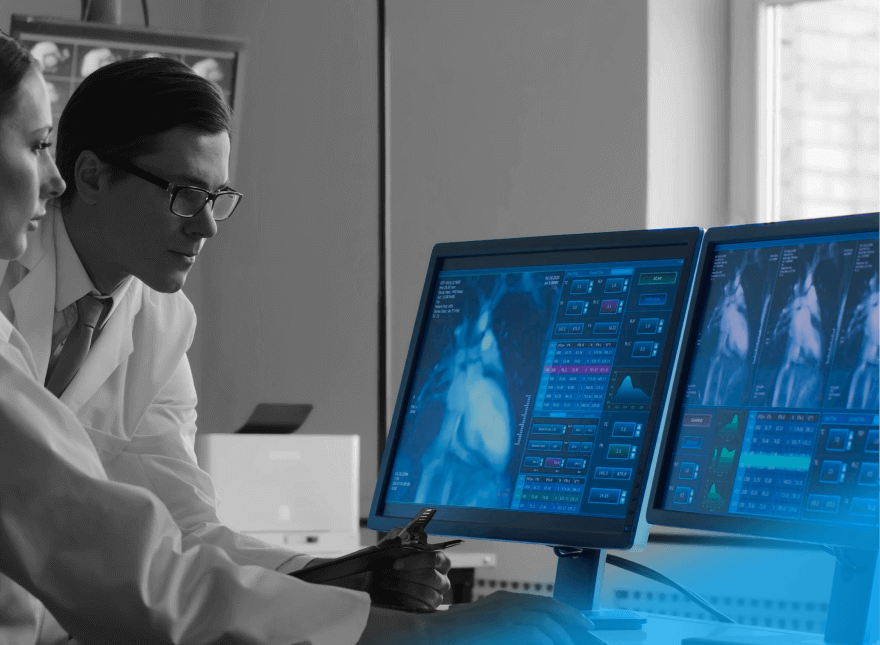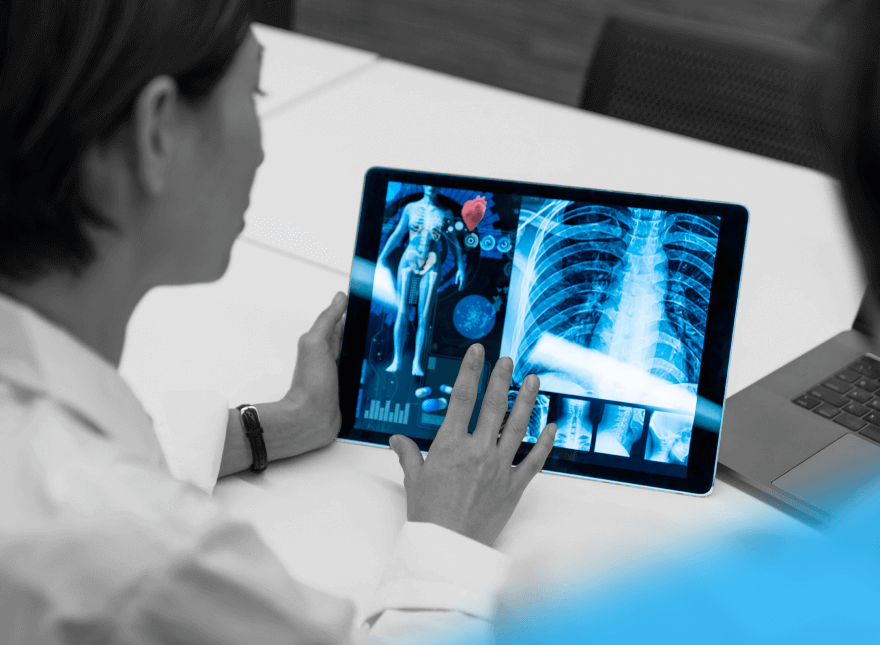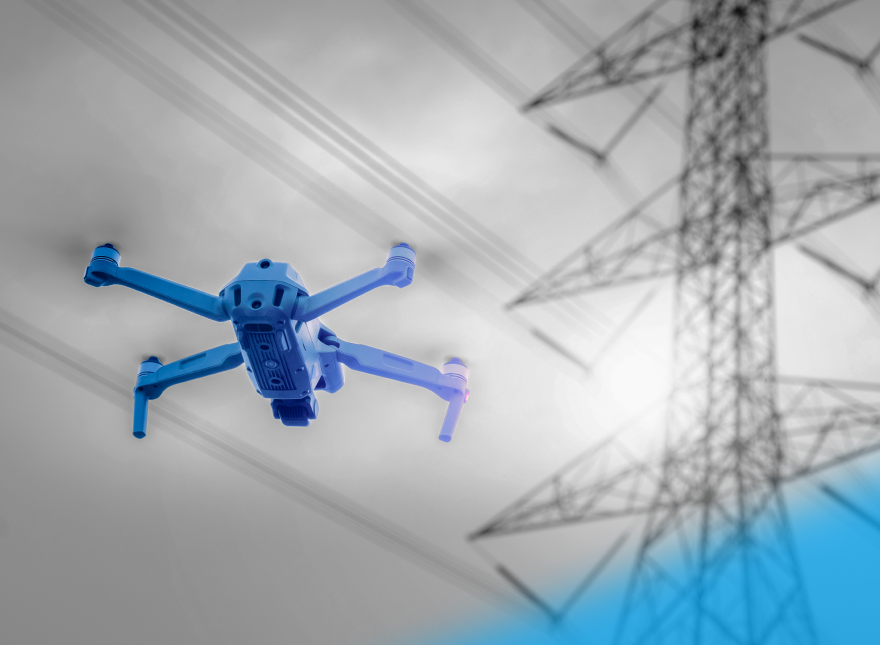Check out our latest blog article: From component to enterprise – modular robotics done right.
Computer Vision in Construction: 3 Use Cases with Real-Life Examples
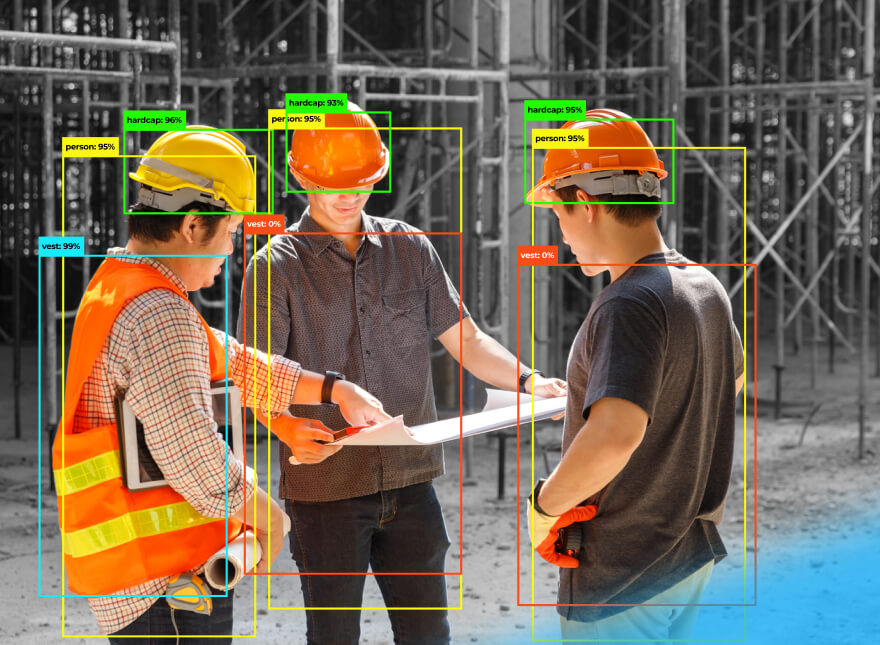
Equipment theft is the nightmare of every construction project owner. Between $300M and $1B worth of construction equipment is stolen every year worldwide. This represents huge losses for businesses as they have to replace stolen equipment or rent it. They also have to spend time filing police reports and insurance claims. Ultimately, equipment theft results in lost productivity, delays, and drained profits.
Wouldn’t it be great if someone could monitor the equipment 24/7? Computer vision (CV) is ideal for this task. Let’s take a closer look at how it works in this article. We’ll also provide three other promising use cases of computer vision in construction with real-life examples.
Computer Vision in Construction Detailed
In our previous article, we explained in more detail how CV works. In short, CV simulates human vision. It allows machines to see, analyze, and understand. But let’s go back to the equipment theft example.
On construction sites, computer vision comes most often in the form of IP CCTV cameras with 24/7 surveillance. Another option is drones that survey the construction site. Thanks to its ability to detect, classify, and recognize objects, CV quickly identifies anything suspicious. For example, such systems can detect prohibited objects, unusual behavior, and unauthorized people, as well as absent equipment or vehicles. Then, the system sends alerts to security staff because of interference.
CV solutions have three levels of autonomy:
- Assisted intelligence: CV only aids construction managers, helping them do tasks faster or better. For example, it can count the number of machines in use on a construction site and those that are unused.
- Augmented intelligence: CV performs some tasks instead of a worker, leading to higher efficiency. When a manager wants to ensure their team is safe and secure, CV will monitor workers’ surroundings. It can detect events such as people approaching dangerous heavy construction machinery. This helps save time and money on the manual safety examination process.
- Autonomous intelligence: CV acts without human interference and performs complex tasks independently. A good example is the repetitive work of rebar installation robots where CV detects places to tie intersections together. The system then creates patterns that allow the robot to perform the task autonomously.
Experts predict that CV in the construction market will grow at a steady rate. Construction companies have already evaluated the benefits of using CV, and the applications of this technology will expand exponentially.
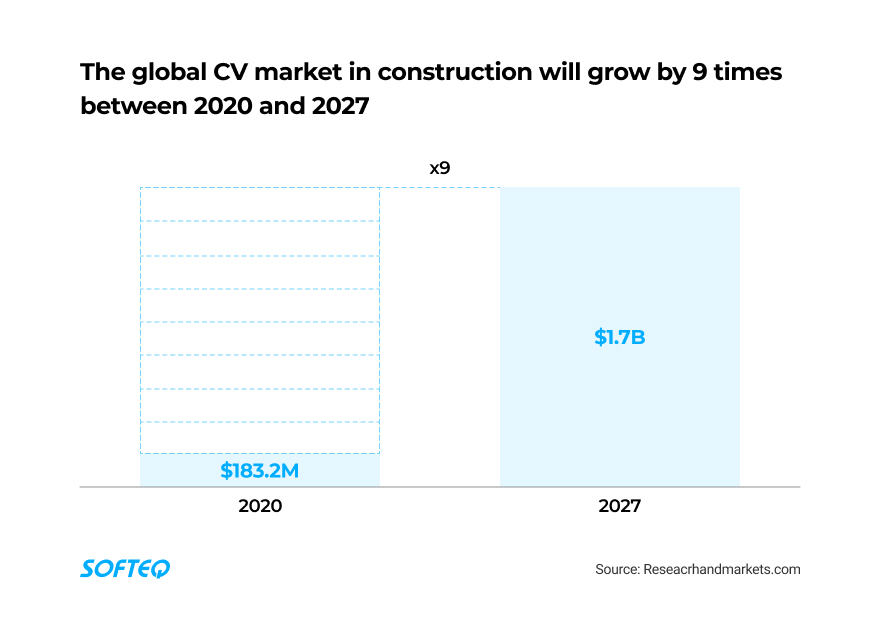
Now, let’s discover three computer vision use cases in construction and their real-life examples.
Case 1. Computer Vision for Preventive Maintenance
Construction machinery maintenance comes in two forms: reactive and preventative. Reactive maintenance occurs when equipment encounters a problem and requires servicing. Even if a machine doesn’t break down completely, it may not work at its highest efficiency. The goal of preventive maintenance is to reduce the risk of equipment failures.
Usually, when a construction company’s priority is to save costs, they use reactive maintenance. Preventive actions and labor cost money, but reactive maintenance may lead to even greater costs. This approach can cause downtime, which can stop the project for several days.
With reactive maintenance, an $80,000 dump truck will cost $24,000 in repairs. With proper preventive maintenance activities, this cost could be reduced to $18,000. That’s a whopping $6,000 in savings per one(!) machine or a 25% cost reduction!
Computer vision in construction sites helps companies implement preventive maintenance. CV solutions monitor machine health and alert a manager when a machine needs attention. Enhanced with AI, CV systems can even predict issues so that operators can fix or replace parts before damage occurs. This helps companies avoid not just downtime but costly repairs too.
Real-Life Example: Reducing the Likelihood of Failures
Clarifai is a US startup that created a CV inspection platform. It combines AI-powered visual search with deep learning algorithms. The solution monitors machine performance and condition. When a machine needs inspection, the platform alerts a servicing manager.
One construction customer of Clarifai has already been using their tool for more than a year. They had previously suffered financial losses due to regular equipment failures and long downtimes. Since they started using the tool, they have managed to reduce downtime by 35% and maintenance costs by 25%.
Benefits
- Detecting failures earlier, faster, and more accurately
- Increasing machine lifespan
- Lowering maintenance costs by a quarter
- Reducing downtime by a third
Case 2. Computer Vision for Equipment Management
Construction companies invest heavily in machines. To recover the cost, they assign a machine an hourly rate. The more a piece of equipment is used, the sooner it pays for itself. Conversely, the company loses more money when a machine is used less.
For example, a construction company estimates their bulldozer is currently worth around $35 an hour based on 1,200 hours of planned use in a year. Thus, each hour of machine inactivity (less than 1,200) creates an unabsorbed cost of $35. Suppose the bulldozer is not being used 30% of the time (which is quite common in the industry). This means that the machine will operate for 840 hours instead of 1,200.
360 hours of downtime would result in an unrecovered cost of $10,800. With a fleet of 100 bulldozers, the company would lose over a million dollars.
One of the reasons for underutilization is inefficient deployment, or getting a machine to the right place to perform work. Companies traditionally do this manually using whiteboards or magnet boards and spreadsheets. As a result, it’s difficult to keep up with all the machines in real time. When a dispatcher makes a mistake, worksites don’t get the equipment they need.
Computer vision makes machine deployment more efficient. It provides better visibility of equipment on a construction site using object detection, so companies can track, locate, and redistribute their machines. They can increase utilization rates and reduce overhead costs as a result.
Real-Life Example: Tracking Construction Machines
FRIEDRICH VORWERK is a German engineering company. They use computer vision to track, manage, and maintain their construction equipment. The solution runs on a simple laptop connected directly to a camera or video stream.
VORWERK had been relying on a paper-centralized workflow to book, dispatch, and maintain their equipment. However, it was labor-intensive and time-consuming and proved inefficient. Once the company started to use CV, they managed to improve equipment utilization rates by 80%. Moreover, they decreased manual work by 99%.
Benefits
- Improving equipment utilization and increasing revenue as a result
- Preventing downtime with effective equipment management
- Getting real-time asset overview
Case 3. Computer Vision for Safety
Accidents are frequent and costly for companies in the construction industry. On average, they spend $40,000 for each injury. Those are just the direct costs which include workers’ compensation, medical expenses, and legal fees—the tip of a very expensive iceberg. Companies often have to bear indirect costs as well. They might have to pay for accident investigation, work stoppage, and equipment repair.
Most construction accidents occur because workers don’t use personal protective equipment (PPE). Increased control over the proper use of PPE can save lives and reduce costs for companies. Pre-trained CV algorithms can be a great help here.
Computer vision solutions for safety can recognize if workers are wearing PPE. If not, they send alerts to safety managers who enforce proper PPE use and notify workers. Site managers can even turn machinery off that is potentially dangerous to workers without PPE. Another scenario could be checking workers at the entrance gates. Those failing to comply with safety regulations won’t be allowed to enter hazardous areas.
CV also helps increase safety by monitoring workers’ surroundings at all times. Machine learning automates the detection of dangerous events—when people are near heavy machinery, for example. This saves money and time on the manual safety examination process.
Real-Life Example: Detecting Safety Gear
To keep staff safe, a Canadian AI company, Kogniz, introduced Kogniz AssureAI. It’s a CV-based platform to detect the presence or absence of PPE which can be integrated with existing cameras and access control units. It can identify specific PPE types, such as hard hats, gloves, and safety glasses. The system alerts the employee or the appropriate manager if it detects PPE absence or incorrect use. This means safety managers can better understand which employees or areas need training or attention.
A construction company in New Zealand tried the solution in their daily operations. The company needed to identify PPE issues faster and increase workplace safety. Before, they had systematically violated PPE compliance and suffered financial losses because of fines. With the system implemented, they managed to achieve more than 90% PPE compliance. They also reduced the number of penalties, saving costs.
Benefits
- Increasing staff safety by controlling the proper use of PPE
- Avoiding fines by increasing PPE compliance
- Launching PPE training sessions for staff based on insights acquired from the CV system
Final Words
Computer vision is poised to be the biggest game-changer for the construction industry. The CV market in the sector is growing. Experts predict it will increase ninefold by 2027. The technology can give construction managers and engineers a helping hand in accomplishing simple tasks. It can also become a collaborative partner and perform some duties to increase efficiency. Finally, CV can serve as a separate independent unit, performing tasks without human management. This allows companies to keep project costs under control, prepare efficient equipment maintenance schedules, improve safety management, enable smarter asset tracking, and prevent crimes on construction sites.
If your construction business is on its way to digital transformation, Softeq is ready to step in. Our engineers can help you find the best solution to automate construction processes, enable construction site safety, and increase efficiency. Contact us to learn more about our services.
More articles on the topic
